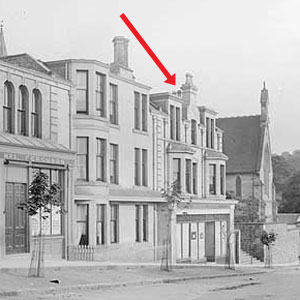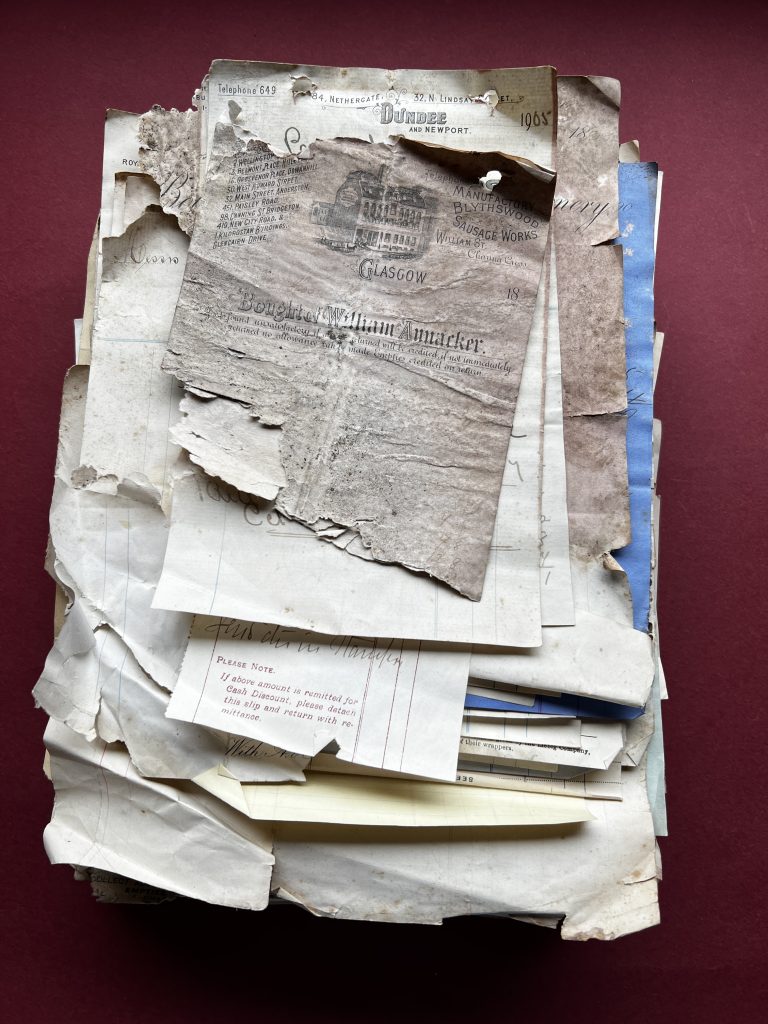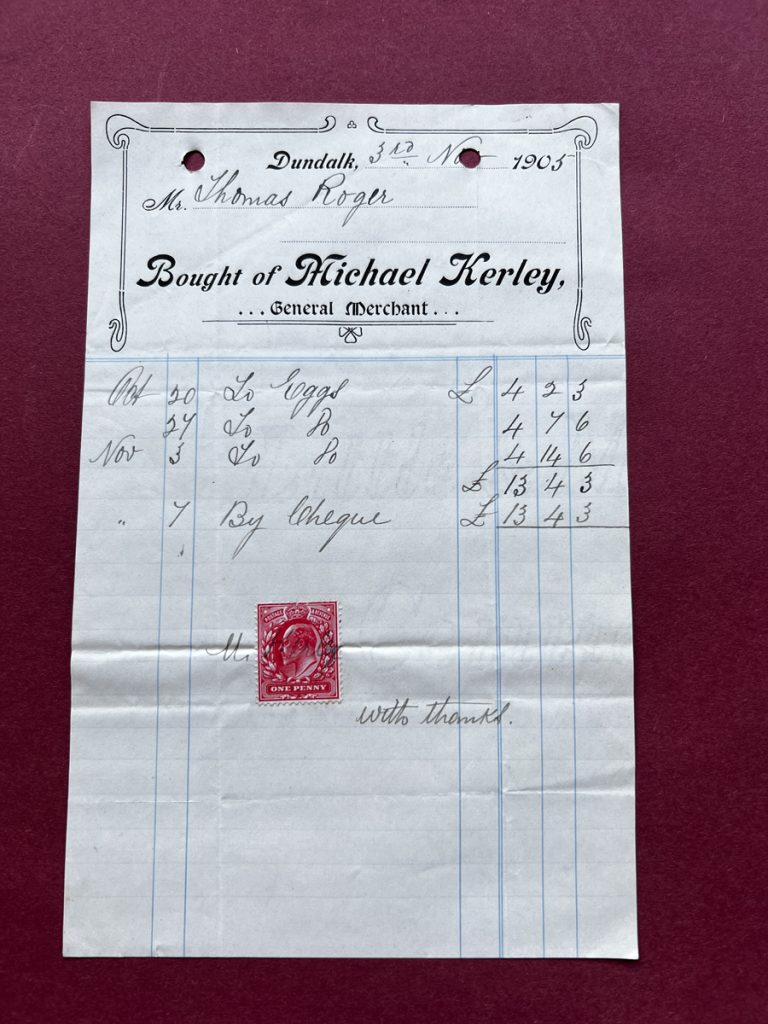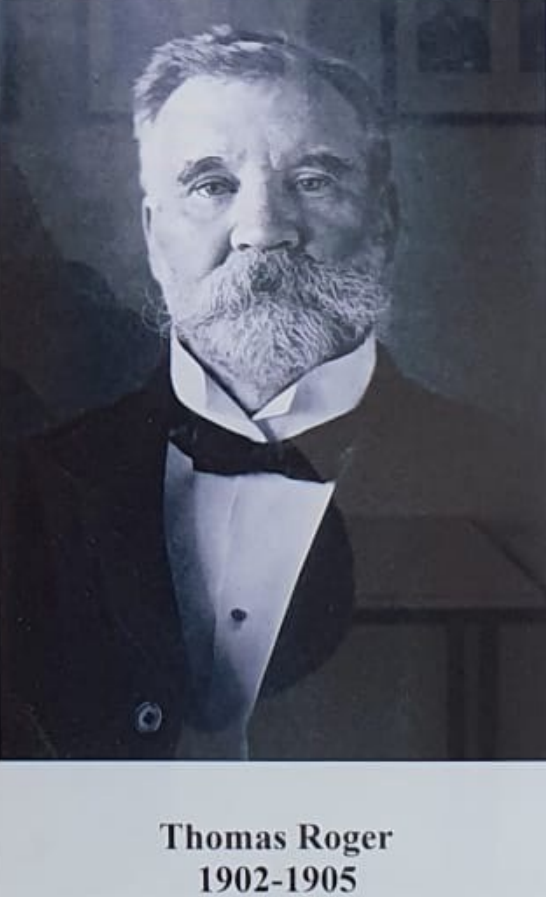John Hay was a coal merchant and the tenant of Waterstone which, in the early 1840s, was a small holding with some farm buildings adjoining the house.
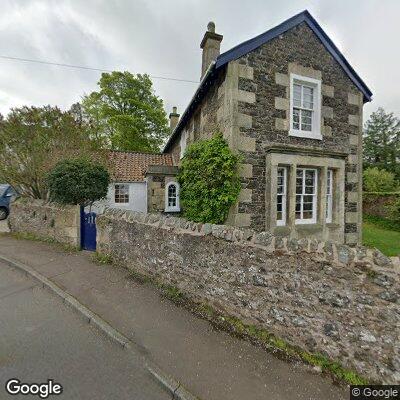
He also had a half share of the tenancy of South Dron farm (near Dairsie but in Leuchars parish); the other co-tenant was Mrs Catherine Meldrum. He was the only coal merchant mentioned in the 1841 census of the parish and must have had a sizeable business. This was, of course, in the pre-railway days so large quantities of coal would have been brought by ship to Woodhaven, Newport or Tayport harbours, while smaller quantities would have been brought over by ferry to Newport.
How much more can we tell about the business? Well, believe it or not, we know the names of many of his customers. We also know that much of his business was done on credit and when John died, on 8th September 1843,a his executors had to deal with it.
At the time of his death, the debts due to him for coal amounted to £518-10-2½. Over the next 7 months the executors managed to collect £312-16-9 of this. For those of you unable to cope with pre-decimal arithmetic, this left £205-13-5½ outstanding.
Of this, £45-16-9 was owed by 69 customers living in or around Ferryport (Tayport); £113-17-9 was owed by 65 customers in or around Balmerino; and the remaining £45-18-11½ was owed by 26 customers in or around Newport. Because these were debts owing to a deceased person, every one of them is listed in the inventory of his estate which is held by the National Records of Scotland.1
The Newport debtors were:
| James Meffan | 12/8 |
| William Meldrum | 12/6 |
| Andrew Culdross | 12/6 |
| John Duncan | 3/- |
| Robert Irvine | 4/- |
| William Martin smith | £27-3-10½ |
| Widow Melville | 19/2 |
| Arthur Beard | £2-0-2 |
| Janet Christie | 11/10 |
| Widow Morton | 14/- |
| Alexander Carmichael | 13/6 |
| John Harris | £1-2-4 |
| George Murray | 10/11 |
| William Rait | 18/7 |
| David Gellie | £1-15-0 |
| David Brown | 11/10 |
| Christian Paterson | 4/9 |
| George McIntosh | £1-8-3 |
| Alexander Harris | 9/4 |
| John Husband | 13/3 |
| Isabella Lanceman | 1/2½ |
| Robert Duncan | 9/3 |
| James Brand | 9/4 |
| David Lees | 9/4 |
| John Bellie | 18/8 |
| Andrew Kilgour | £1-7-8 |
Just to point out again, these were not the customers who paid regularly, nor those who paid after being contacted by the executors, but those who still had not paid up 7 months after John Hay died.
The appraiser for the inventory reckoned that only £150 of the £205-13-5½ would be collectable, the rest having to be written off.
Some of the individuals are easily identified – Andrew Kilgour, Alexander Carmichael and Arthur Beard [Baird] all lived on West Road; Robert Irvine [Irving] and George Murray lived in Marytown; George McIntosh lived at Woodhaven; and the person owing the most was William Martin, the blacksmith at Tayfield.2 Some others will take a little research.
You never know where a resident’s name will crop up. Imagine being recorded for posterity because you didn’t pay your coal bill.
Note:
a. His gravestone at Forgan Churchyard gives 8 September 1844 – don’t believe everything you read on gravestones!
Sources:
- Inventory, trust deed and settlement, John Hay 1844, Cupar Sheriff Court, SC20/50/14. Original at ScotlandsPeople
- Census 1841 Forgan parish, Fife
- Photo: Waterstone Crook, Google Streetview 2023, 56.431959,-2.952032

